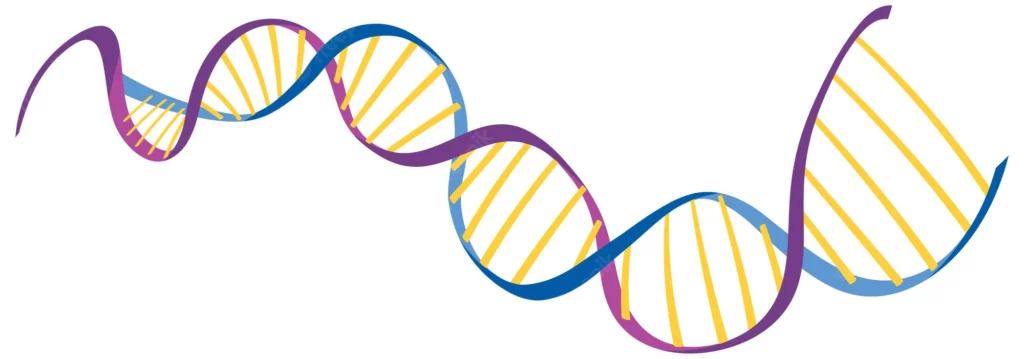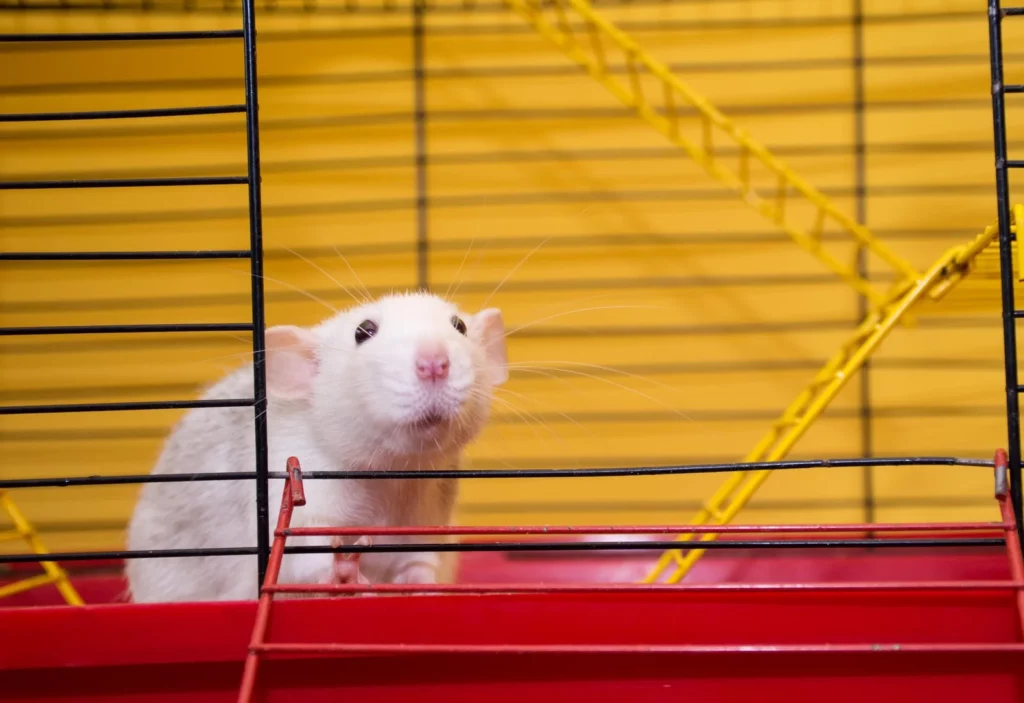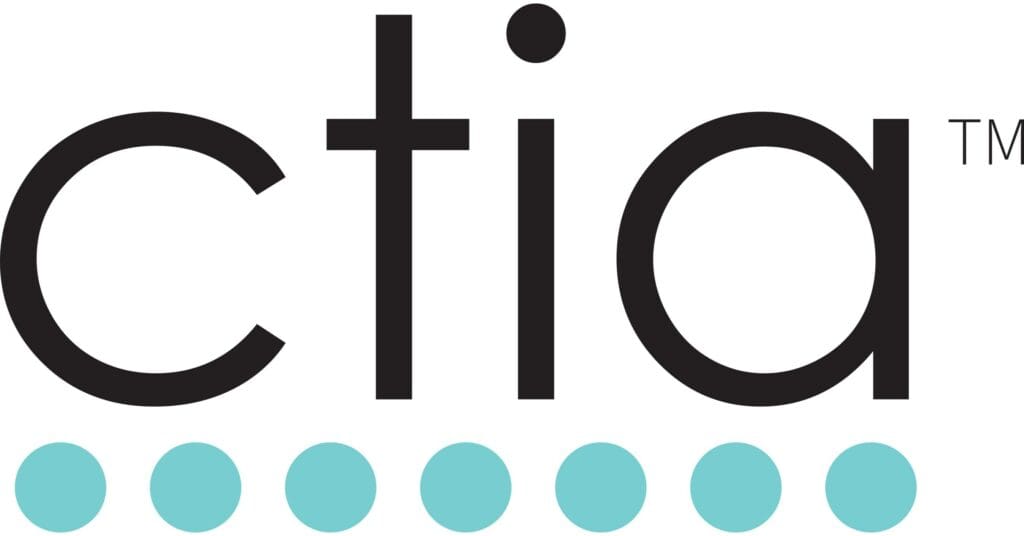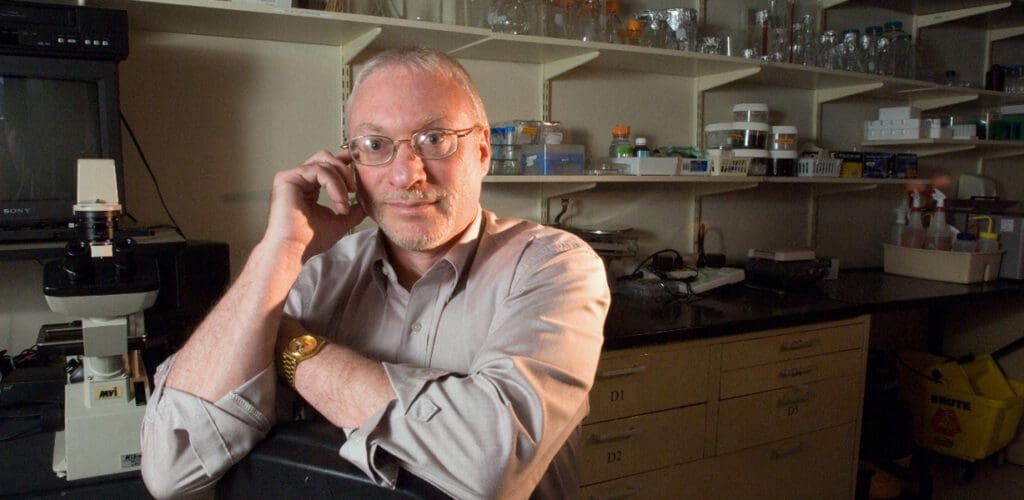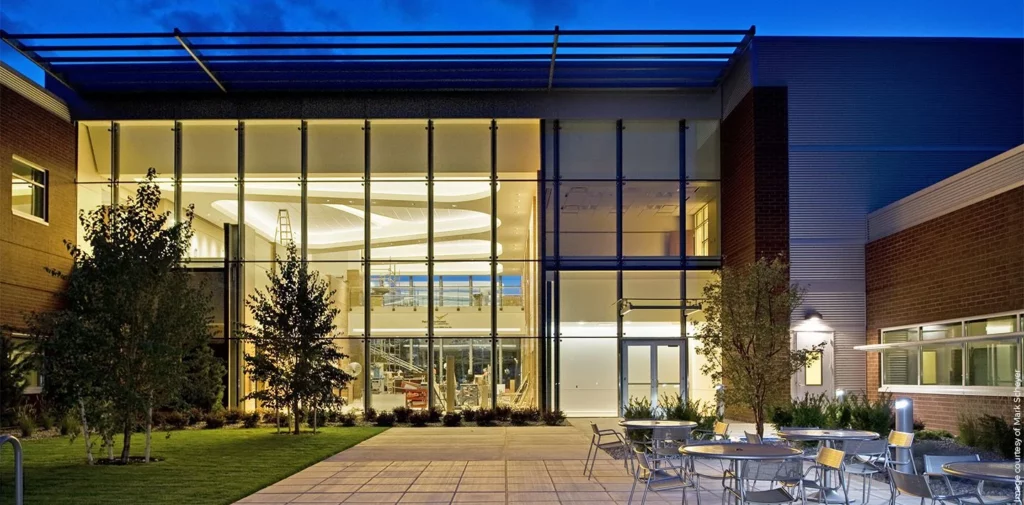In the first post of this series, we explored how concerns regarding the biological effects of EMF came into existence. We saw how scientists like Dr. Zory Glaser struggled to publicize the truth, and how telecom companies tried to invalidate their research and prove them incompetent. This post continues this story, exposing Motorola’s war-gaming against Drs. Lai & Singh.
If you haven’t read our last post, “The Business of EMF Science: Part 1 – Is EMF Science Inconclusive?” I’d recommend you give it a read before proceeding with this post.
So, with that said, let’s get started.
EMF & DNA Damage
One fine evening in 1953, Francis Crick, a scientist at the University of Cambridge, walked into The Eagle, a well-known pub in Cambridge, announcing that he had “found the secret of life.”
And turns out he was right. With the help of his colleague, James Watson, Crick was about to publish one of the most significant and influential discoveries in modern science. This was the discovery of DNA, or deoxyribonucleic acid—a mysterious structure with vital clues about the mechanism underlying heredity.
With this discovery, the world finally understood the mechanism of inheritance—how living beings are brought into existence.

Want to Slash Your EMF Health Risks?
Want to Slash Your EMF Health Risks?
Good! Learn the one small change you should make right now.
Although DNA was discovered in 1953, it took technology 47 years to catch up when we built supercomputers that could decode the genome (the complete set of genetic information represented inside your DNA).
DNA is Fragile
With years of research, we know that DNA is not only intricate but extremely delicate and susceptible to damage—damage that can result in cancer and other serious diseases.
Researchers, doctors, and scientists have long accepted that ionizing radiation"Ionizing radiation" refers to a type of electromagnetic radiation that carries enough energy to liberate electrons from atoms or molecules, thereby ionizing them. This form of radiation is part of..., like the sun’s UV rays, X-rays, gamma rays, and nuclear radiation"Radiation" in the context of Electromagnetic Fields (EMF) refers to the process by which energy is emitted and transmitted through space or a material medium in the form of electromagnetic..., can harm and destroy DNA.
But is it true for non-ionizing radiations as well—the kind that your cell phone, WiFi routers, and smart meters emit?
This is where Dr. Henry LaiDr. Henry Lai: Pioneer in EMF Research and DNA Strand Breaks Dr. Henry Lai, born in 1941 in Taiwan, is a distinguished scientist known for his pioneering research in the... and Narendra Singh’s work come into action.
Drs. Lai & Singh: EMF Causes DNA Strand Breaks
Can non-ionizing EMF cause DNA damage? This question remained unanswered until Drs. Lai and Singh started their four-year experiment in 1994.
Employed at the University of Washington, Drs. Lai and Singh wanted to answer this simple question: Does non-ionizing radiation damage DNA?
And to make this more applicable to everyday life, Lai and Singh used EMF levels that the governments then considered “safe.”
They used living rats as research subjects and exposed them to fieldIn the context of electromagnetic fields (EMF), the term "field" refers to a region in space where electric and magnetic forces are exerted. An electromagnetic field is generated by electrically... strengths of 0.25 or 0.5 millitesla (mT) for two hours. And shockingly enough, the EMF levels that the government considered “safe” caused DNA strand breaks in the brain cells of living rats.
These exposure levels are what you find in modern electrical appliances and wireless electronic gadgets.
Lai and Singh even replicated this experiment on lower frequencies, and the results were the same.
Even scarier is the fact that the DNA in the rat brains continued to break for hours after they ended the exposure.
This revealed that prolonged EMF exposure not only causes immediate damage but also creates this chain of processes that continue to produce damage well after the exposure itself.
War-Gaming the Lai-Singh Experiments
Today, Lai & Singh’s research demonstrating DNA damage from non-ionizing EMF is more than two decades old. And the intervening years have seen tons of peer-reviewed research studies supporting Lai & Singh’s results.
But this wasn’t the case when they first published their papers. At the time, the common consensus was that non-ionizing EMF doesn’t cause any biological harm. The cell phone industry was still nascent, which was great news for them.
We weren’t looking to set off any controversy, Lai said. In fact, at first, they hadn’t even considered cell phones when they started working on this research. Instead, their sole focus was on the health effects of RF exposure from radar.
Even so, the telco players of that time gave it their all to have Lai discredited, defunded, and fired. And we know this effort was intentional because of an internal memo leaked from Motorola (then the world’s second-largest cell phone manufacturer).
Microwave News, an expert news portal on non-ionizing radiation, published this memo, and it said that Motorola executives believed they had “sufficiently war-gamed” Lai and his study.
They Aren’t Good for Our Business: Fire Them
Once Lai & Singh published their DNA strand-break study, someone called the NIH (National Institutes of Health) anonymously to report that Lai was using the grant money to do research outside of the grant’s approved scope.
NIH is where Lai received funding for his research.
Investigations opened up against Lai, and the NIH eventually dismissed the allegations. But despite all of this, Lai wanted to continue his research.
He applied for funding under CTIA’s (Cellular Telecommunications Industry Association) WTR (Wireless Technology Research) program. The same program that appointed Dr. George Carlo and ruined his reputation when they didn’t like his results. The same program headed by telco companies which would’ve suffered massively from his research.
CTIA agreed to give him the grant, but their conditions were “disheartening,” said Lai. After this, Lai expressed his concerns in a public letter, where he lamented the “consistent pattern of chaotic corruption and deception” in the WTR research program.
As expected, the CTIA responded with multiple letters to the president of the University of Washington, demanding that both researchers be fired.
Lai and Singh retained their jobs at the university, but their funding dried up gradually.
While defunding and discrediting Lai was part of Motorola’s strategy, they had one more arrow in their quiver.
Another part of Motorola’s “war-gaming” against Lai and Singh involved Dr. Jerry Phillips, a researcher from California, US.
Jerry Phillips, Motorola & The Spin-Off Request
Back in the 1990s, before Lai & Singh published their research, there was a scientist named Jerry Phillips, who had already been working under Motorola’s funding on the probable effects of 60 Hz EM fields.
When Lai & Singh published their ground-breaking results, Motorola reached out to Phillips to “put a spin on the study” that would be more favorable to Motorola.
Being an ethical scientist, Phillips declined Motorola’s request. But he did offer to conduct a similar trial to see if he could replicate Lai and Singh’s results.
Motorola released the funding, and the work began.
And to ensure that they replicated the study exactly, Phillips sent two of his research assistants to learn Lai’s techniques in his laboratory.
Guess What? They Didn’t Like Philips’ Work Either
Initially, Phillips and Motorola had “very cordial” relations. “But only until we started getting data that they didn’t like,” explained Phillips—which was almost immediately.
Phillips completed his study and found that prolonged EMF exposure causes changes in proto-oncogenes (a normal gene that has the potential to become carcinogenic). And besides that, he also found that prolonged EMF exposure causes DNA damage in some cases and reverses DNA damage in others.
Mays Swicord, Motorola’s head of research and former FDA employee, contacted Phillips and urged him to change the language. But, as expected, Phillips refused.
But to his surprise, when his paper reached Bioelectromagnetics, the language had already been altered – per Motorola’s preferences.
Do The Same Thing, Give Us Different Results
1997 – Phillips’ research was complete – but Motorola found his results contradictory. So, they contacted him to discuss the apparent inconsistency in the data.
The contradiction they were talking about was, “EMF causes DNA damage in some cases and repairs in some.”
Though these results may appear contradictory or confusing, Phillips explained that these results do make sense.
Because “if you produce a little bit of DNA damage, you are stimulating the repair mechanisms, and you could actually see a net decrease because the repair will be done. However, if you overwhelm the repair mechanism, then you could see an increase” in DNA damage.
This could be one of the reasons exposure to relatively weak EM fields can yield such different outcomes from larger or prolonged exposure.
Despite this clear explanation, Swicord urged Phillips to continue his study. He offered Phillips more money to produce more data before he published any conclusions.
But Phillips refused. “I said no. The study’s done. I’ve been doing research for over 25 years. I know when a study is done. I’m going to go ahead and publish the work.”
Many warned Phillips to give Motorola what they wanted, as not doing so would harm his career. But being a persistent scientist, he ignored the warnings and published his findings in Bioelectrochemistry and Bioenergetics in November 1998.
And as expected, this was the end of Phillips’ research funding from Motorola. But the interesting thing is, at the same time, the Department of Energy"Energy" is a fundamental concept in physics, often described as the ability to do work or cause change. In everyday terms, it's what is needed to move things, heat them... also cut his funding, leaving him with no sponsorship to run his lab.
Is There Anyone Who Can Do This How We Like It?
Motorola tried. They gave it all. But, unfortunately for them, they couldn’t suppress Phillips’ publication.
So, as an effort to do damage control, they released their funding to other researchers who provided more comforting data.
As a Motorola representative explained in a public statement to KGNU radio, “Motorola commissioned a separate laboratory to follow up on the results published by Dr. Phillips. That and other studies have failed to confirm his conclusions.” Of course!
Battelle Pacific Northwest Labs in Richland, Washington, was one of the many labs that received research sponsorship from Motorola.
After this funding, Battelle continued to produce studies supporting the claims of the wireless industry. This included research challenging the validity of the link between EMF exposure and breast cancer.
Besides that, Battelle also produced data disputing the results presented by Dr. Reba Goodman, which suggested that prolonged EMF exposure affects gene expression.
She had found that even relatively weak power"Power" in a scientific context refers to the rate at which work is done or energy is transferred. In simpler terms, it's how fast something is using energy. For example,... fields from common sources (such as those found near power lines and electrical appliances) could alter the ability of living cells to make proteins.
No Need to Falsify: Goodman Vs. Batelle
A research study can be molded in any way that the researcher wants. You wouldn’t even need to falsify data to misrepresent the truth.
Batelle performed the same experiment as Dr. Goodman but got different results. How?
Turns out, although they had replicated the experiment, they changed one of the crucial aspects of the study.
The specific types of cells, known as HL60, researched in both studies were from two different suppliers and had very different growth characteristics.
A seemingly minuscule detail that anyone can easily overlook.
In short, Dr. Goodman’s conclusions were based on functioning cells. Batelle’s conclusions were based on cells with greatly impaired function.
So, as you see, it’s exceedingly easy to alter or tweak the design of a scientific experiment in seemingly minor ways. And this will generate significant differences in outcomes.
This science is quite complicated. And there are hundreds of variables involved. The choice of cells to study, the EM frequency"Frequency" in the context of electricity, Electromagnetic Fields (EMF), and wireless communication, can be thought of as the number of times something happens in a second. Specifically, it refers to..., the duration of exposure, and the cumulative exposure from all sources, are just a few of the factors.
Still, a large number of studies on the same subject, experiments, replications, and peer reviews, can give us a satisfying explanation. So, it’s still the best way possible to find answers to our burning questions.
EMF’s Effects on Health – Research Timeline: Preview
If you actually put in some time searching for scientific explanations of EMF’s effects on human health, you’ll find an overwhelming number of studies going back decades.
But the majority of these studies never see the light of day. Why? Because the side that will suffer from these findings is powerful. And as you saw in this post and the last post in this series, it’s not hard for these powerful companies to suppress such findings and even make the scientists look underqualified.
The next post in this series will illuminate those research studies. We’ll take a deep dive into what scientists have had to say so far about EMF’s impact on human health. So, stay tuned.
Final Thoughts
Who is right? Who is wrong? Why does everything seem to contradict everything when it comes to EMF? What’s the benefit to the scientists who show EMF is harmful? What does the telecom industry gain from suppressing this information?
Hidden behind the complex scientific language is the truth. And, with the mission statement of No Layman Left Behind, we’ll make it chewable for you.
Subscribe to our newsletter at ShieldYourBody.com to be notified as soon as a new post is published in The Business of EMF Science.


